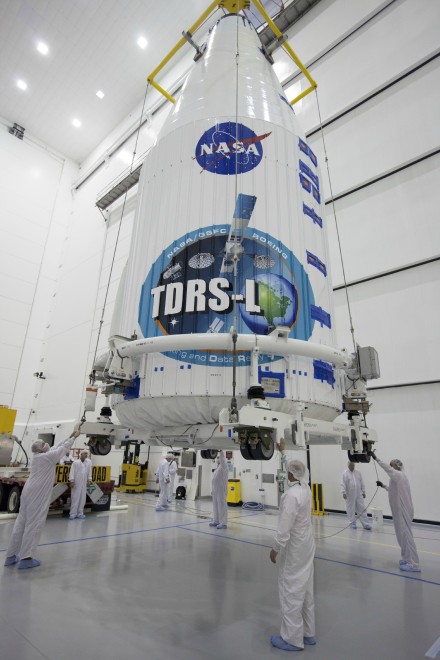NASA's super-high-flying fleet of communication satellites just got bigger.
An unmanned rocket blasted into a chilly, clear night sky on January 23 carrying the latest, third-generation Tracking and Data Relay Satellite.
NASA uses these satellites to support the International Space Station and Hubble Space Telescope, among other craft.
The network is 22,300 miles high, at various locations above the equator, and allows continuous two-way contact with the space station and its six inhabitants.
The Tracking and Data Relay Satellite system is so vital that it's considered a U.S. national asset.

Badri Younes, NASA's deputy associate administrator for space communications and navigation, says a modern-day human space program would be difficult, if not impossible, without the constant coverage provided by the satellites.
Each satellite has a pair of dish antennas 15 feet in diameter.
This newest 350 million-US dollar satellite will work its way up from a temporarily low orbit. It will check out in orbit, by late spring.
NASA launched its first Tracking and Data Relay Satellite in 1983 aboard a space shuttle. The previous satellite, TDRS-11, soared in January last year.
The next in the series, TDRS-M, will be launched sometime in the early 2020s.












